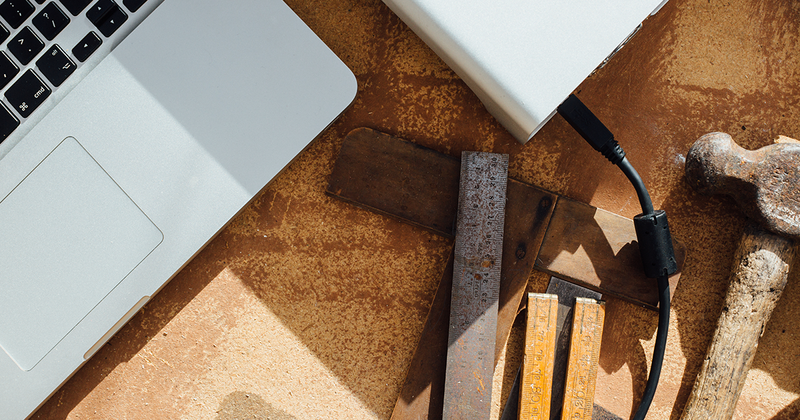Mac comes with Python 2.7 pre-installed, but some newer AI libraries prefer you use Python 3+. Here's how to configure your Mac so that you can easily install any version of Python. If you're a Ruby developer, you'll likely understand the power behind Ruby Version Manager or rbenv. This is pretty much the same thing for Python.
Step 1 - Install Homebrew
Since we will be using Homebrew manager to install our Python manager, here's a quick tutorial on how to install Homebrew for Mac users.
brew update
Step 2 - Install pyenv
pyenv is the python package manager.
brew install pyenv
Step 3 - Configure your Mac's environment
You will then want to configure your environmental variables and leave PyEnv to manage your packages.
echo 'eval "$(pyenv init -)"' >> ~/.bash_profile
You can activate your changes by running.
source ~/.bash_profile
Step 4 - Install a version of Python
Install Python 3.x.x.
pyenv install 3.5.0
Step 5 - Install another version of Python
Install another version of Python
pyenv install 3.7.0
Step 6 - See all available versions of Python
If you want to list all of the available versions of Python, try:
pyenv install -l | grep -ow [0-9].[0-9].[0-9]
Step 7 - Set your working version of Python
See which versions of Python are installed.
pyenv versions
Set a specific version of Python as your local version.
pyenv local 3.x.x
Set Python version globally.
pyenv global 3.x.x
Double-check your version.
python -V
Resources
Managing Python Packages Through Virtual Environments
How to set up a Python project and manage its dependencies using virtual environments.


Where to learn about Deep Learning
I've been stumbling upon all of these great resources so I'm deciding to make a simple list. If there's anything else I...
